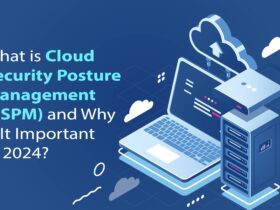Markov Processes International, Inc. (“MPI”), a leading independent FinTech provider of software and services for analyzing investment performance and risk, launched the MPI Transparency Lab, a hub of free proprietary reports and analytics on pensions and endowments.
For years, MPI has utilized its proprietary technology and public data sources to peek quantitatively behind the curtain of pension and endowment investments, providing information that is often impossible to obtain otherwise.
Also Read: Cannabis Cultivation Software, Glide Operating System Launches
With the Transparency Lab, all that data and analysis is contained in one place and publicly available, allowing investors, alumni, beneficiaries, regulators, researchers, journalists, and other stakeholders to garner unique insight into some of the largest and most opaque investors. With the MPI Transparency Lab, users can view analytics and download “MPI-360” reports that help them uncover trends in asset allocation and exposures, explain drivers of both recent and historical results, obtain estimates of risks, drawdowns and efficiency, perform historical stress-tests, and evaluate various hypothetical scenarios.
MPI uses its proprietary Dynamic Style Analysis (DSA) and public annual returns to reverse-engineer asset exposure dynamics of large investor portfolios. When pensions and endowments report only annual performance figures, a decade’s worth of performance is represented by only 10 data points. Traditional static and rolling-window methods of regression analysis struggle to find credible insights from such infrequent data. MPI’s DSA, however, is uniquely adapted to work with such limited data.
“We follow in the footsteps of Prof. William Sharpe – a Nobel laureate and an inventor of returns-based style analysis (RBSA),” said Michael Markov, MPI’s co-founder and CEO. “Sharpe introduced RBSA with the goal of bringing transparency to traditional long-only funds. Over the years, our research team expanded its use to hedge funds, private equity funds, and now to large and opaque investment pools. The larger these funds get, the more they may not only be affected by markets, but also exert an influence on markets, both public and private. It’s fair to wonder what exactly is inside these tax-sheltered or tax-advantaged investing machines.”
College endowments are notoriously opaque, providing so little information that their once-a-fiscal-year reports have become a regular autumn spectacle. Seldom do these reports contain much real information about how endowments achieve results, how they decide which risks to take, or how outsiders can independently verify their results.
Likewise, it is getting more difficult for stakeholders to obtain relevant risk exposure details on many U.S. pension funds which have been plagued by chronic underfunding and decreased disclosure. Even when this information is available, peer-to-peer comparisons are almost impossible because every institution is unique in how it defines asset classes and categories of alternative investments. The MPI approach standardizes allocation types across investors, providing a common denominator for comparison.
In addition, while MPI provides data on many preselected pensions and endowments, for the first time, it will offer proprietary research on additional funds by request.
SOURCE: PR Newswire
































